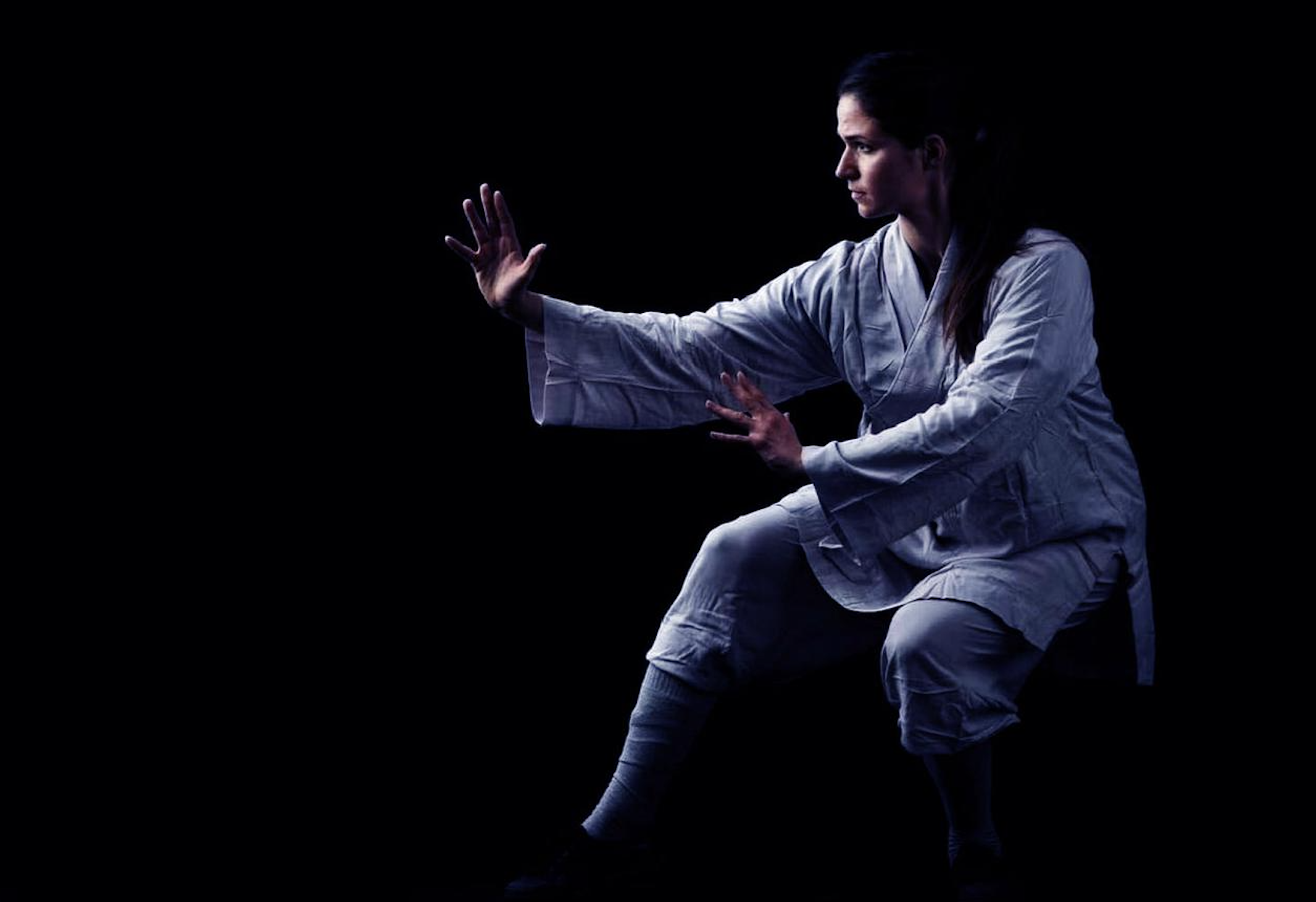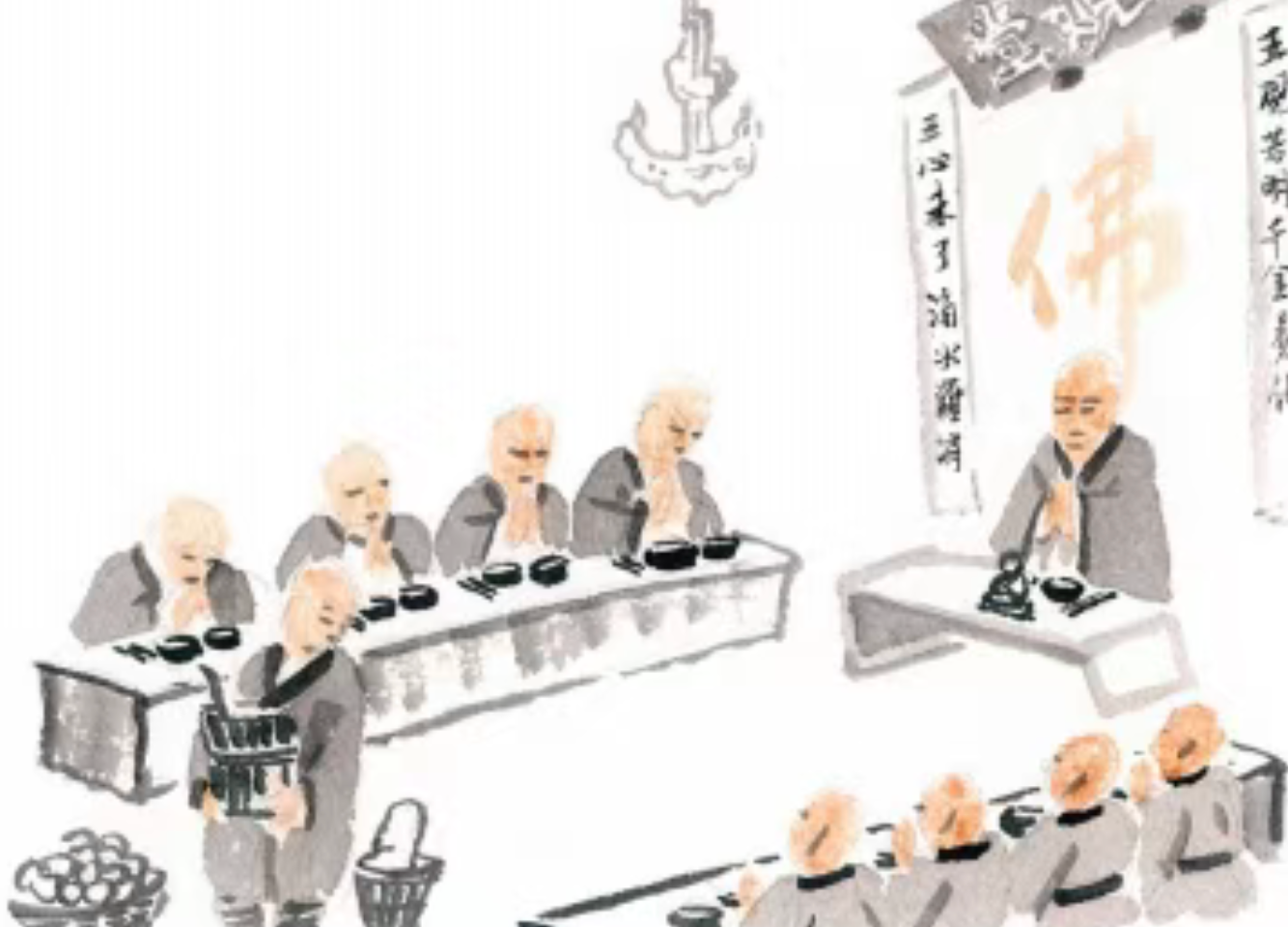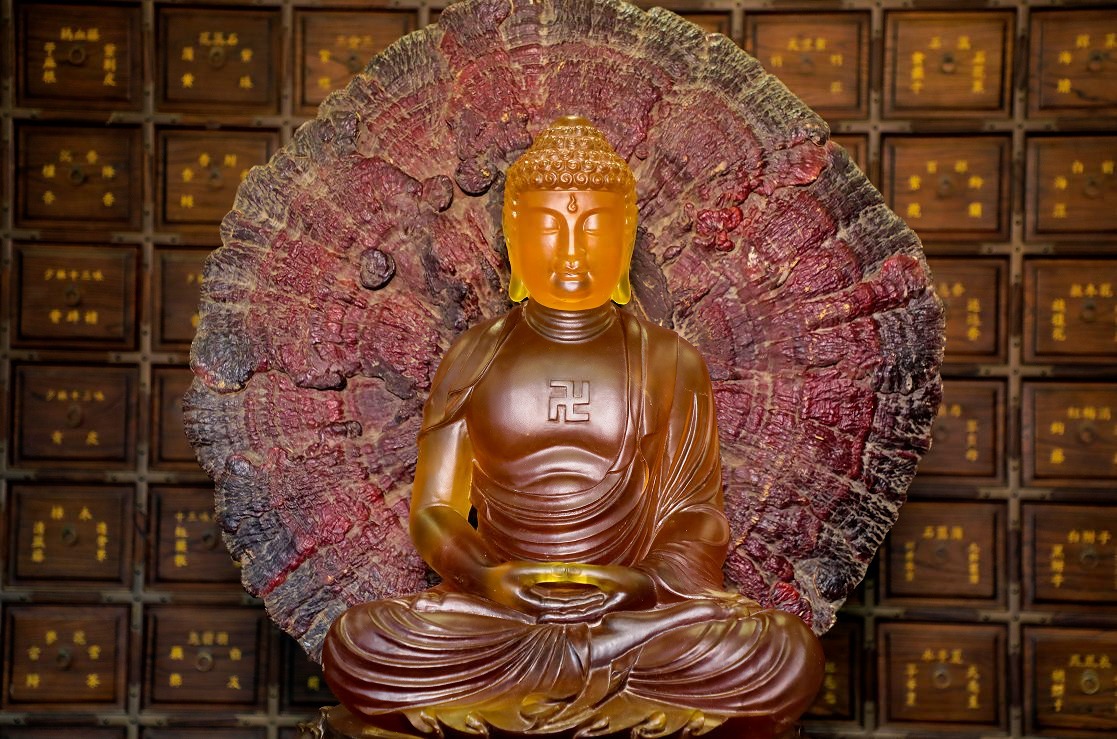In the depths of winter, when the world lies still and all things wither, it is the season for nourishment and conservation. As the ancients said, “Train through the coldest days of winter and the hottest days of summer,” reminding practitioners to align with the rhythms of the four seasons and remain steadfast in practice, regardless of harsh weather. Now that the bitter cold of winter has arrived, with snow sealing the doors and people growing sluggish and inactive, even the body seems to lose its vitality and warmth.
Yet, when the body remains still in the cold, meridians become blocked; when qi and blood stagnate, illness follows. But to move the body, regulate qi and blood during the coldest days—this is the paradoxical art of thriving against the elements.
Among the many time-honored health cultivation methods, there is one that originated from the thousand-year-old Shaolin tradition and remains radiant to this day: the Eight-Section Brocade (Ba Duan Jin).
What Is the Eight-Section Brocade?
The Eight-Section Brocade is a treasured form of traditional Chinese qigong (guiding and leading exercises). Its name derives from two meanings: “eight sections” refers to the eight distinct movements that compose the set; “brocade” conveys the grace and harmony of the movements, flowing together as seamlessly as an exquisitely woven tapestry.
With roots stretching back to the Han and Tang dynasties, refined in the Song dynasty, and passed down through generations of Shaolin monks, the Eight-Section Brocade has evolved into a vital practice for health and vitality. Its movements are simple, requiring no equipment or special space. It emphasizes breath regulation, the opening and closing of sinews and bones, and the smooth flow of internal organs—nourishing the exterior through the body and harmonizing the interior through qi and blood.
At Shaolin, the Eight-Section Brocade is regarded as a form of “dynamic meditation,” serving as foundational training for both martial cultivation and mental refinement. It strengthens the body, prevents illness, calms the spirit, and centers the mind. It is an exceptional practice for home cultivation, suitable for all ages, and especially ideal for quiet winter wellness.
Today, I shall share with you the essence, benefits, and inner principles of each of the eight movements. May you integrate them into your daily life, practice them consistently in small doses, and over time, reap profound rewards.
Tutorial Videos
Action breakdown
1. Holding Up the Heavens to Regulate the Triple Burner

This movement resembles a common stretch but holds subtle wisdom within. As you raise your palms upward and extend your limbs, your internal organs expand, qi flows freely, and the chest and abdomen are invigorated. It promotes circulation in the lungs, encourages deep breathing, and dispels fatigue.
Benefits: Regulates the triple burner, improves breathing, relieves weariness
Method: Stand with feet shoulder-width apart. Raise both hands from the sides, palms up as if lifting the heavens. Gaze follows the hands, pause briefly, then slowly return to start.
2. Drawing the Bow to Shoot the Hawk (Left and Right)
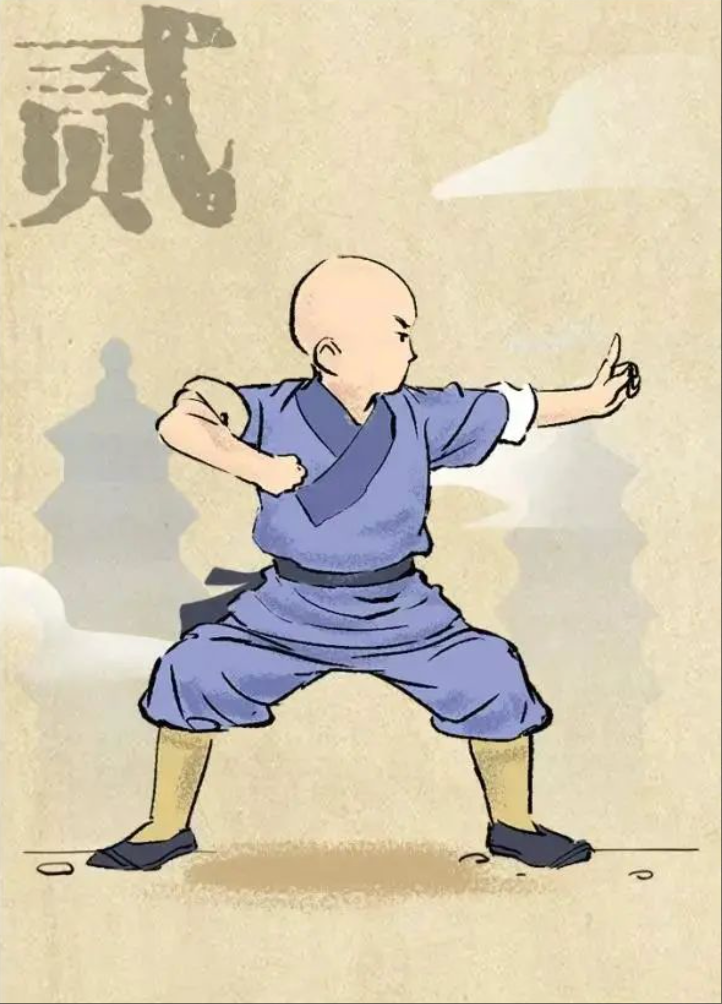
With arms extended and chest open, this motion mimics drawing a bow to shoot a hawk. It is excellent for stimulating the upper burner, invigorating the heart and lungs, mobilizing the shoulders and arms, improving posture, expanding the chest, and balancing qi and blood flow.
Benefits: Activates shoulders and chest, regulates lung qi, corrects posture
Method: Pull an imaginary bow left and right, one arm bent as if holding the bow, the other extended like an arrow aimed forward. Alternate sides with focused intention.
3. Separating Heaven and Earth to Regulate the Spleen and Stomach

One hand rises while the other presses down—this upward-downward stretch resembles the separation of heaven and earth. This movement gently tractiones the internal organs, stimulates the spleen and stomach, aids digestion, and helps correct weakness caused by irregular eating.
Benefits: Strengthens the spleen and stomach, supports digestion
Method: Inhale as you raise your right hand and press down with your left; exhale and switch sides. Alternate slowly, keeping awareness on digestive function.
4. Looking Backwards to Prevent Five Strains and Seven Injuries
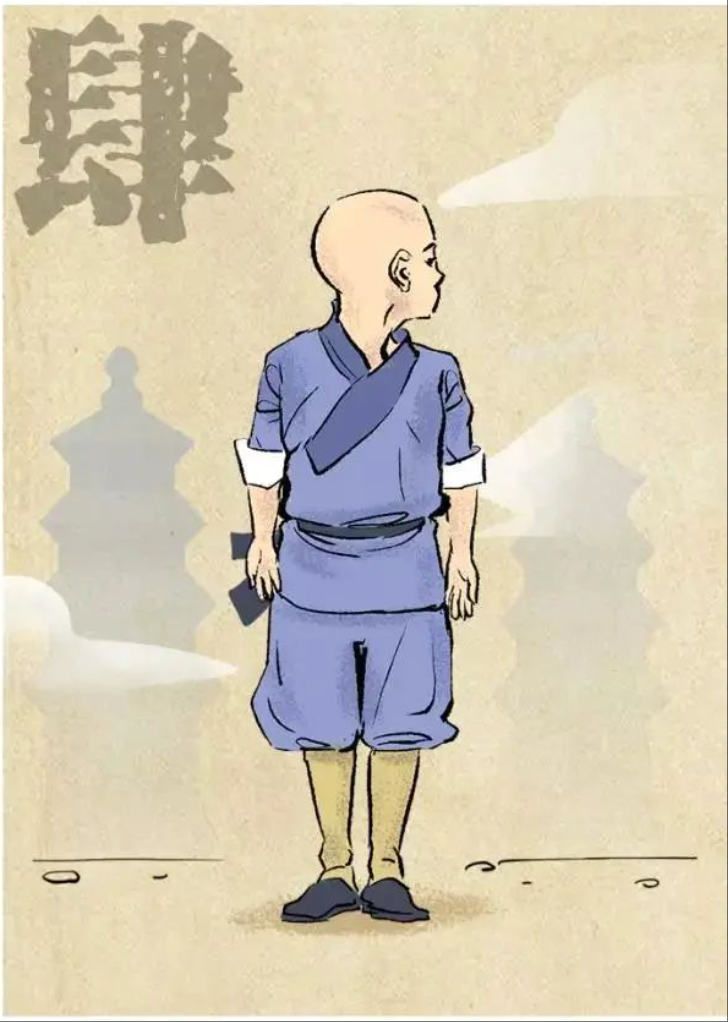
A gentle turn of the head and neck, this simple movement enlivens the blood vessels of the neck, refreshes the mind, and relieves mental fatigue. Traditional Chinese medicine refers to it as a remedy for the “five strains and seven injuries,” making it a method for regulating both spirit and nerves.
Benefits: Activates blood flow to nourish the brain, improves vision and clarity, relieves neck and shoulder tension
Method: Slowly turn your head left and right, allowing your gaze to reach as far back as comfortably possible—avoid sudden or forceful twisting.
5. Turn your head left and right repeatedly, looking as far back as possible

This movement coordinates the head, tailbone, and torso in a flowing motion that contains deep wisdom for regulating the heart. As the body follows intention, it disperses cold, clears heat, harmonizes the connection between kidney and heart, and regulates all five organs—especially beneficial for those suffering from excessive “heart fire.”
Benefits: Clears internal heat, calms the spirit, strengthens the waist and back
Method: Stand naturally with a slight squat. Move the head and tailbone in coordination, as if a dragon or snake swaying its tail. Breathe evenly and smoothly.
6. Touching the Toes to Strengthen Kidneys and Waist
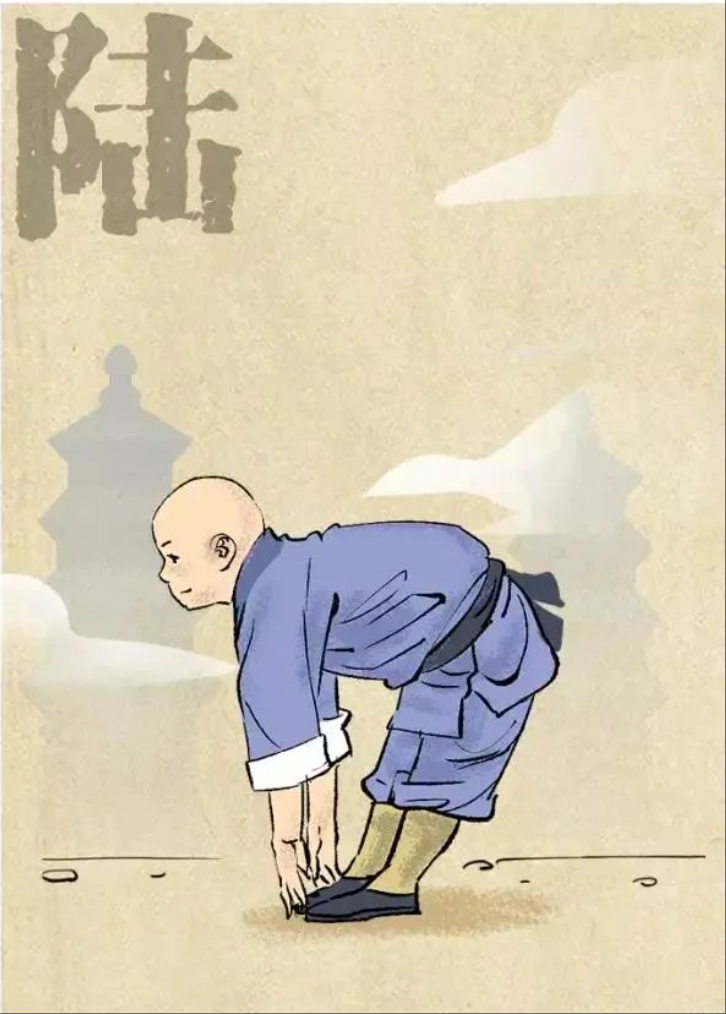
Bending forward and back activates the spine; reaching down to touch your toes stretches the spinal meridians and activates kidney qi. As winter is the season of the kidneys, this movement is especially valuable for long-term practice—nourishing life and consolidating foundation.
Benefits: Strengthens the waist and kidneys, clears the governing vessel, enhances leg strength
Method: Exhale as you bend forward, inhale as you rise. Reach toward your toes without straining. Gradual progress is key.
7. Clenching the Fists and Glaring to Increase Strength
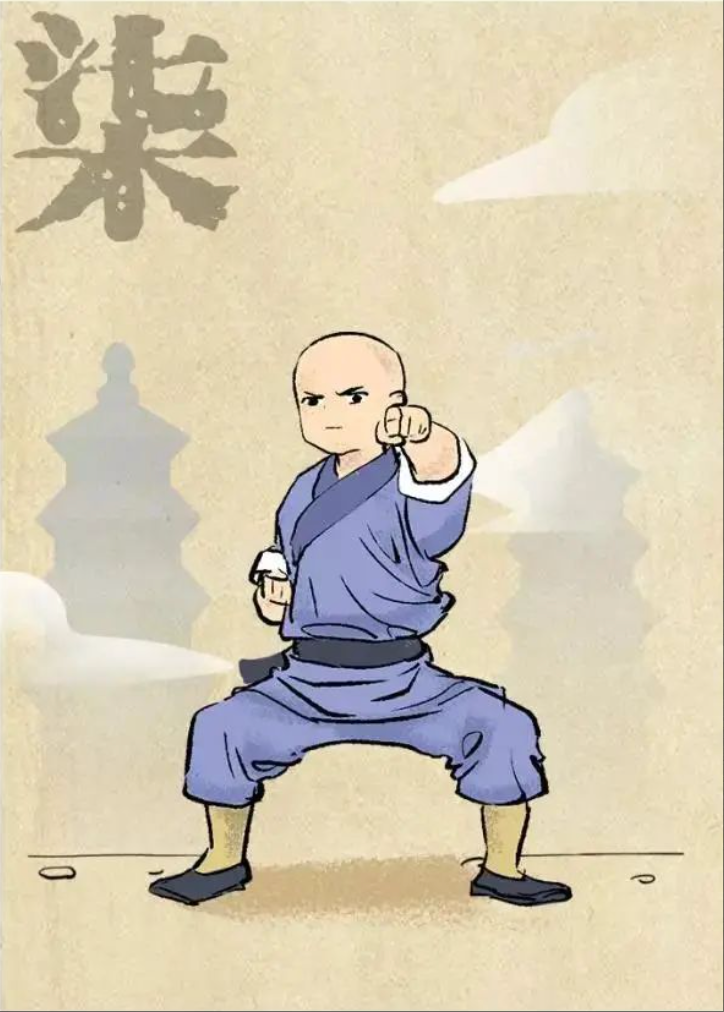
With fists clenched and a fierce yet controlled gaze, feet planted like nails, this movement blends stillness and motion, circulating qi and intention. It boosts qi and blood circulation, stimulates the nervous system, and enhances physical power and willpower.
Benefits: Increases vitality, invigorates spirit, strengthens sinews and bones
Method: Clench your fists, sink the shoulders and elbows, glare intensely, grip the floor with your toes, and sink your qi into the lower abdomen.
8. Bouncing on the Heels Seven Times to Dispel All Ills

Standing relaxed, gently raise and lower your heels, creating a vibration that travels through the spine like a drop of water returning to its source. This “bouncing” movement gently shakes the meridians, regulates the organs, strengthens the sinews and bones, and harmonizes the entire body.
Benefits: Activates qi and blood throughout the body, clears meridians, calms the heart and spirit
Method: Stand naturally. Lift your heels and let them drop gently without stomping. Focus on the gentle extension of the spine.
Stillness Within Motion, Cultivation Within Calm
Though named an “outer skill,” the Eight-Section Brocade is truly an inner practice. Its movements may appear simple, yet their meanings run deep. Though rooted in antiquity, its value lies in consistent practice; though its motions are gentle, its effects are profound.
For beginners, perfection of form is not required at first—seek instead adaptation of body and mind, harmony of breath and movement. Practice by morning sunlight or evening lamplight; even one session a day, gradually deepened, will yield results in time.
Remember, Shaolin practice is not merely a method for strengthening the body, but a path for refining the heart. In this quiet winter season, if you can practice even one movement a day, slowly and mindfully, before long you will feel your body grow lighter, warmer, your spirit clearer and more at ease.
When the body does not move, qi does not flow; when qi does not flow, the spirit is unsettled.
May those with affinity for this practice find warmth within their winter training, and peace amidst the worldly tide.
